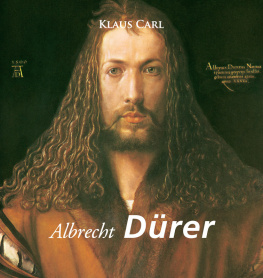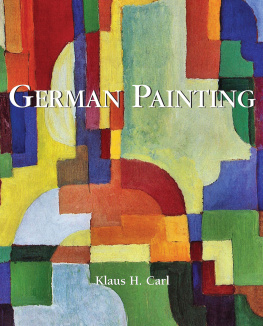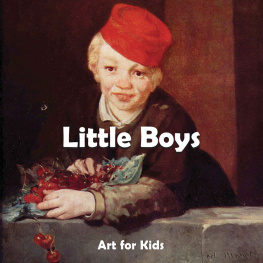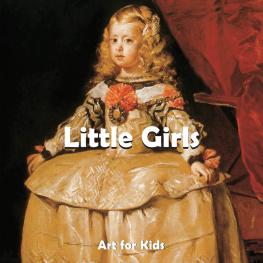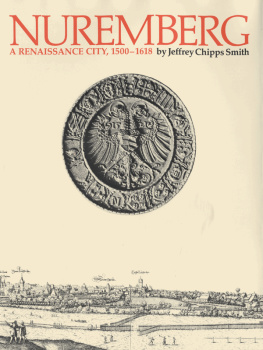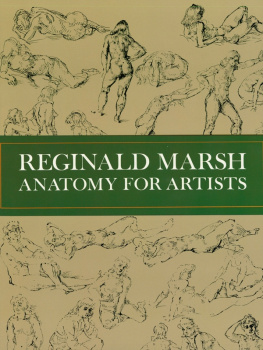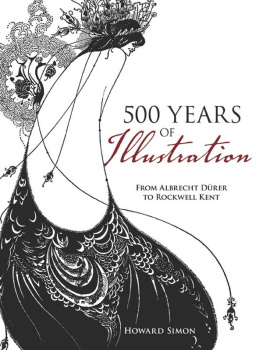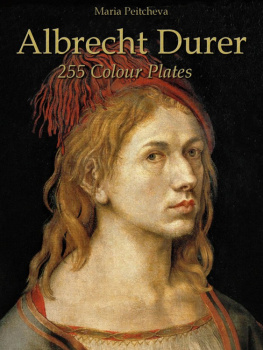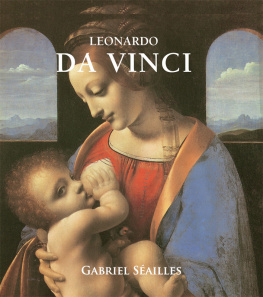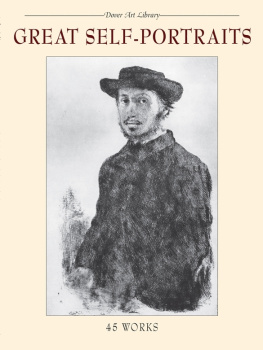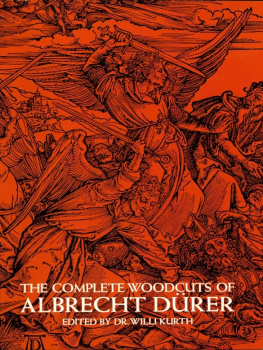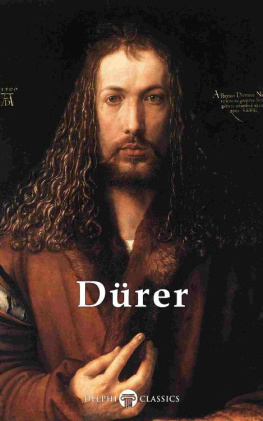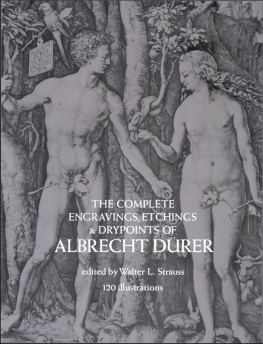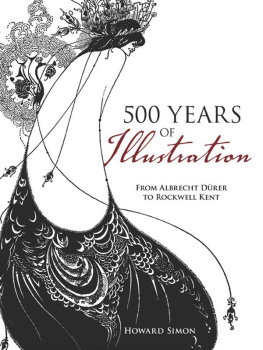
Author: Klaus Carl
Translation: Marlena Metcalf
Layout:
Baseline Co Ltd
61A-63A Vo Van Tan
th Floor
District 3, Ho Chi Minh City, Vietnam.
Confidential Concepts, worldwide, USA
Parkstone Press International, New York, USA
All rights reserved. No part of this book may be reproduced or adapted without the permission of the copyright holder, throughout the world.
Unless otherwise specified, copyright on the works reproduced lies with the respective photographers. Despite intensive research, it has not always been possible to establish copyright ownership. Where this is the case, we would appreciate notification.
ISBN: 978-1-78160- 625-4
Klaus Carl
Albrecht
Drer

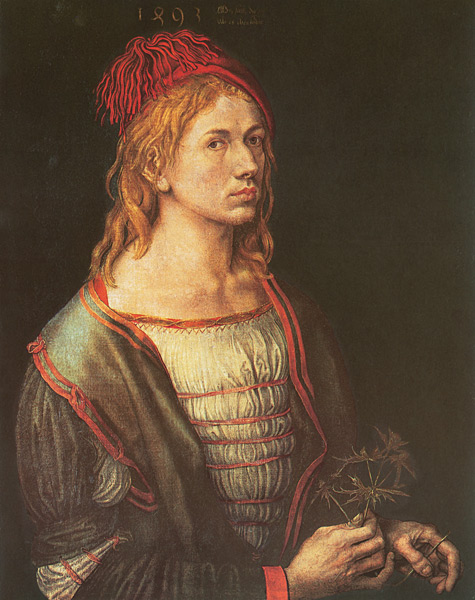
Self-Portrait, c.1493.
Oil on linen, 57 x 45 cm.
Muse du Louvre, Paris.

Self-Portrait, c.1484.
Silver point, 27.5 x 19.6 cm.
Graphische Sammlung, Albertina, Vienna.
Introduction
Albrecht Drer is not only the Young Hare , The Large Turf , or the Praying Hands , symbols of medieval art that have almost degenerated into kitsch. Among the artists of medieval Germany, Albrecht Drer is without doubt one of the most outstanding figures. He was not only a painter and graphic artist, wood-carver, and copper engraver; he was also notable because of his mathematical examinations of the theoretical foundations of art, in the field of geometry in particular, where the transition from late Gothic style to the Renais sance became the most apparent.
Drers continuous efforts to achieve perfection, together with the then common search for forms, rules, and mathematical laws, in order to be able to transform these ideas onto paper and canvas, is reflected in his writings from the second half of his industrious life. He published in 1525 the Underweysung der messung mit dem zirckel un richtscheit in Linien ebenen und gantzen corporen, durch Albrecht Drer zusammen gezogen und zu nutz allen kunstliebhabenden mit zugehrigen figuren in truck gebrachtim jar MDXXV . There were Latin editions also, published in the years 1532, 1535, and 1605. Among many other items were the first instructions, written in German, on the construction of sundials. The astronomer Johannes Kepler (1571-1630) and the mathematician Galileo Galilei (1564-1642) relied on Drers ideas. In the year of Drers death the four books on human movement were published: Hierin sind begriffen vier Bcher von menschlicher Proportion, durch Albrechten Drer von Nrenberg erfunden und beschrieben, zu nutz allen denen, so zu dieser kunst lieb tragen. In the first three volumes Drer described and examined types of human bodies, and in the fourth volume he occupied hi mself with the study of motion.
In contrast to the other artists of this epoch, an unusual amount of information is available on Drers life, his development, and the impact of his work. As a contemporary of the reformer Martin Luther (1483-1546), he stands between the two great Christian persuasions, presenting the Catholics with the Life of Mary (1503-1504), St. Jerome in his Study (1514), and the Protestants with Knight, Death, and theDevil , and Melanchthon (1526). Drer could never li mit the abundance of his ideas.
In addition, there exists a Self-Portrait (1484) by the thirteen-year-old Drer, who, as his self-portraits from the years 1492, 1493, 1498, and 1500 show , occasionally portrayed himself, drawing using the silver pen technique and adding a monogram later by hand, which therefore did not enable later corrections. As a twenty-year-old he wrote of his ideas in several books on woodcutting (which later were rarely attributed to him). By the age of twenty four Drer had produced not only his woodcuts of the Ship of Fools from the year 1494, but also the first copper engravings. In his later years Drer was involved, sometimes reluctantly, in secondary art production, mainly serving the crown by portraying his powerful Emperor. Drers models were the masters of Italian art, adopting aspects of their works, but never becoming an imitator or a copier of other artists work. His works reflect reason, and were mainly created using the intellect.
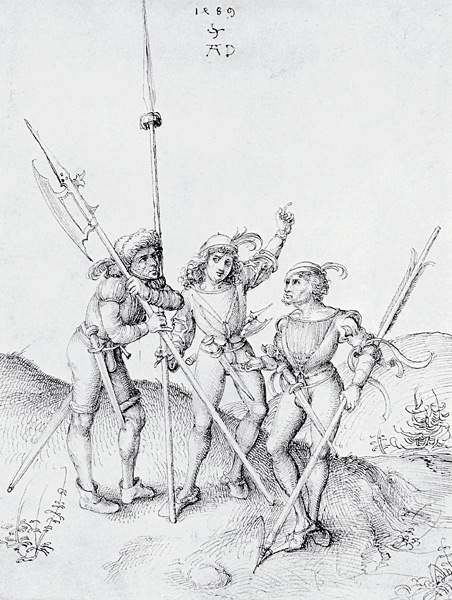
. Warrior, c.1489.
Pen-and-ink drawing, 22 x 16 cm.
Staatliche Museen, Berlin.
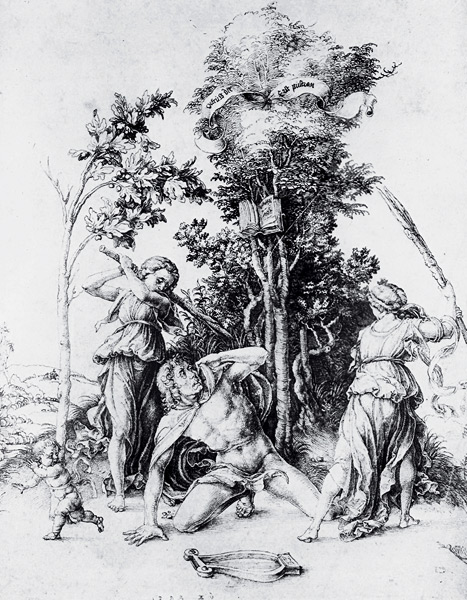
. Death of Orpheus, c.1494.
Pen-and-ink drawing, 28.9 x 22.5 cm.
Kunsthalle, Hamburg.

. A Young Couple, 1492.
Pen-and-ink drawing, 25.8 x 19.1 cm.
Kunsthalle, Hamburg.
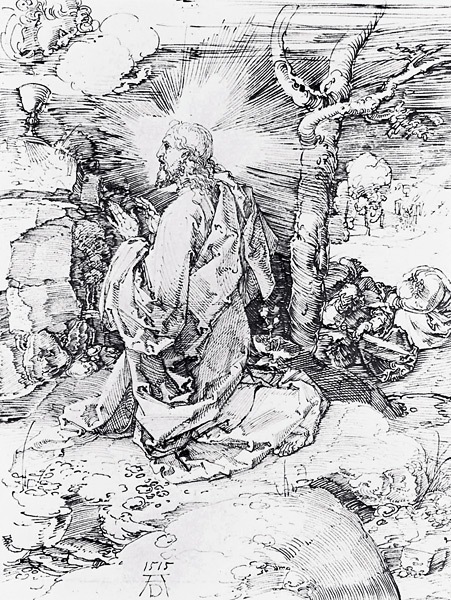
. Christ on Mount Olive, c.1515.
Pen-and-ink drawing, 29.6 x 22.1 cm.
Graphische Sammlung, Albertina, Vienna.

Exit from the Quarry,
Pen-and-ink drawing, 32.5 x 21.8 cm.
Muse Bonnat, Bayonne.
This is in contrast to Mathias Gr newald (c.1470/1480-1528), who occasionally exhausted himself completing a single piece of work; or Hans Holbein, the elder, (c.1465-1524); or even the audacious Hans Baldung (1484 or 1485-1545), whose works often engaged their souls. D rer s Wire-drawing Mill , the Young Hare , and Rhinoceros were drawn only according to descriptions by third parties in 1515, and were never seen by him. His depictions of large armour-plates, or a female body worn out by life, for example, are his experience and his thoughts independent of other influences.
During the turbulent transition from the fifteenth to the sixteenth century, when America was to be (re) discovered, the Greek classics were printed for the first time, and social issues were to become relevant, the plastic artists were the only people to be able to articulate themselves in observance with the period. Because the new language created by Luther in an almost peaceful way could not yet be used, and music only reached a few people, the form of expression of that tim e was frugal.
One reward for D rer s constant struggle for perfection was his closeness to the great personalities of his time. The Basle printing masters, the brothers Martin Schongauer (c.1450-1491), and in his hometown, the council member Pirckheimer (1470 -1530) took the son of a craftsman under their wing. His friends among the Italian masters were primarily Bellini (1430-1507), Giorgione (c.1478-1510), and Philip Melanchthon (1497-1560). The elector of Saxony was also no stranger to him. D rer was considered a kind, affable, and sensible man and, as someone who had travelled quite extensively within Europe, was made welcome in these circles.
Next page
